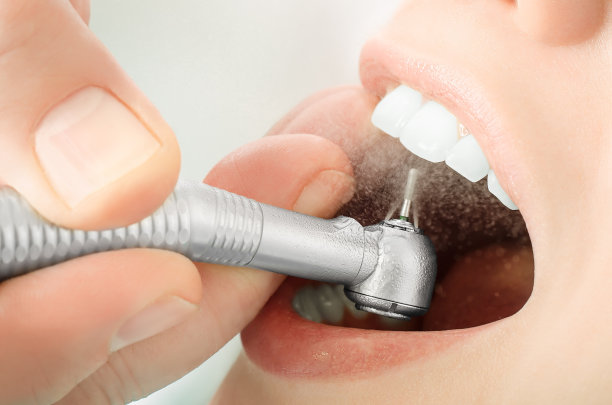Revolutionizing Smiles The Comprehensive Guide to Dental Implant Treatments for a Healthier, Confident You
Summary: In today’s world, achieving a radiant and confident smile is more attainable than ever, thanks to advancements in dental implant treatments. This comprehensive guide explores the transformative journey of dental implants, emphasizing their importance in restoring both functionality and aesthetics to your smile. It delves into the different types of implants available, factors influencing implant success, the step-by-step treatment process, and the ongoing care required to maintain your new smile. Ideal for those considering dental implants, this article aims to equip readers with the necessary knowledge to make informed decisions for a healthier and more confident life.
1. Understanding Dental Implant Types and Options

Dental implants are not one-size-fits-all; they come in various types, each designed to address specific needs. The two main categories are endosteal and subperiosteal implants. Endosteal implants are placed directly into the jawbone, while subperiosteal implants are placed under the gum but above the jawbone, suitable for patients with insufficient bone height.
Within these categories, there are also variations like mini implants, often preferred for their less invasive nature. They are a great option for individuals who may not be ideal candidates for traditional implants. Understanding these types can help patients choose the best solution tailored to their clinical situation.
Each type has unique advantages and can significantly influence the overall treatment experience. Knowing the differences can lead to informed decisions, ensuring patients receive the most suitable dental implant treatment for their unique circumstances.
2. Factors Influencing Implant Success Rates
Multiple factors play a critical role in the success of dental implant treatments. One of the most significant is the patients overall health, including conditions such as diabetes or smoking habits. Healthier individuals often enjoy higher success rates due to their bodies ability to heal and integrate the implants seamlessly.
The quality and quantity of jawbone are equally important. A strong and sufficient bone structure ensures proper support for the implants, leading to better long-term results. If bone loss is present, bone grafting may be necessary before the implant procedure can commence.
Lastly, the expertise of the dental professional performing the procedure cannot be understated. Experienced dentists utilize advanced techniques and technologies, ensuring optimal implantation and higher success rates for their patients. Choosing the right professional can significantly impact the outcome of the treatment.
3. The Step-by-Step Procedure for Implants
The journey to a new smile begins with an initial consultation, where the dentist assesses the patients dental health and needs. This phase typically includes X-rays and modeling of the mouth to create a personalized treatment plan. Effective communication during this stage helps manage patient expectations and addresses any concerns.
Once ready, the surgical procedure unfolds in stages. First, the implant is surgically placed into the jawbone, serving as the root of the new tooth. After a healing period of several months—allowing osseointegration to occur—the abutment is attached, followed by the final crown placement. The entire process can take several months, but this timeline often leads to the best results.
Post-surgery, its essential for patients to follow their dentists aftercare instructions diligently. Proper care aids in avoiding complications and supports optimal healing. Regular follow-up visits are also crucial to monitor the healing process and ensure successful outcomes.
4. Long-Term Care for Your Dental Implants
Maintaining dental implants is vital for their longevity. Just like natural teeth, implants require regular dental hygiene practices, including daily brushing and flossing. Special cleaning tools can assist in reaching areas around the implants that may be difficult to clean effectively.
Annual check-ups with a dental professional are also essential. During these visits, the dentist can assess the health of the gums and the integrity of the implant, addressing any potential issues before they escalate.
Diet plays a significant role in implant care as well. A balanced diet ensures overall health and helps to maintain the strength of the surrounding bone and gum tissue. Patients should avoid hard foods that may jeopardize their implants and practice moderation with sugary substances to prevent further dental complications.
Summary:
Dental implants present a revolutionary solution to restore not just your smile, but your confidence as well. By understanding the types of implants, factors influencing their success, the treatment process, and proper maintenance, individuals can feel empowered in their dental journey. This guide serves as a resource for anyone considering implants, equipping them with essential knowledge for a successful outcome.
This article is compiled by Vickong Dental and the content is for reference only.



